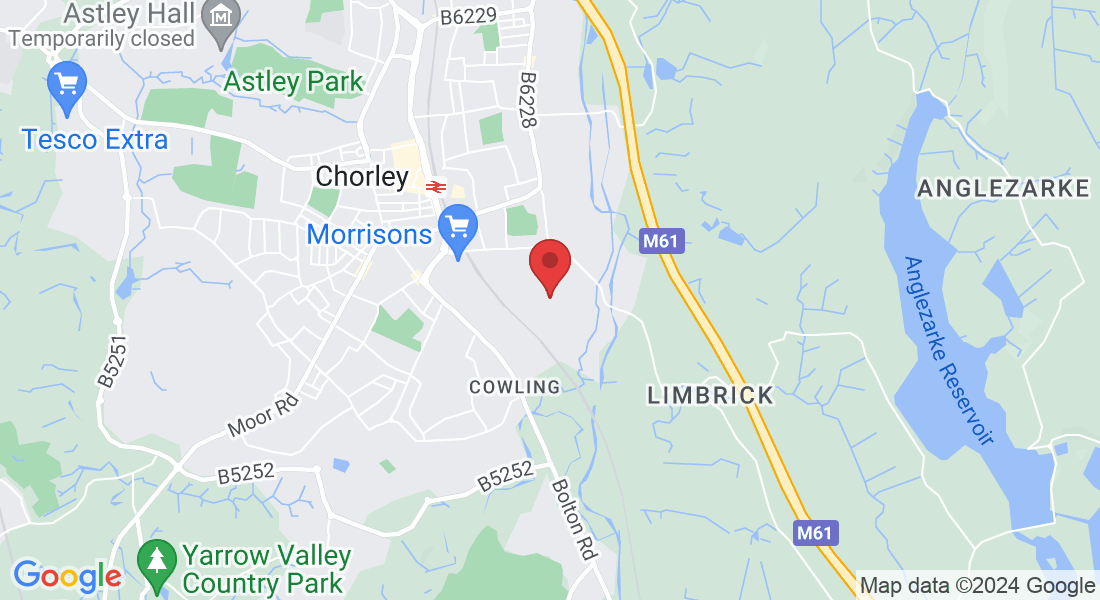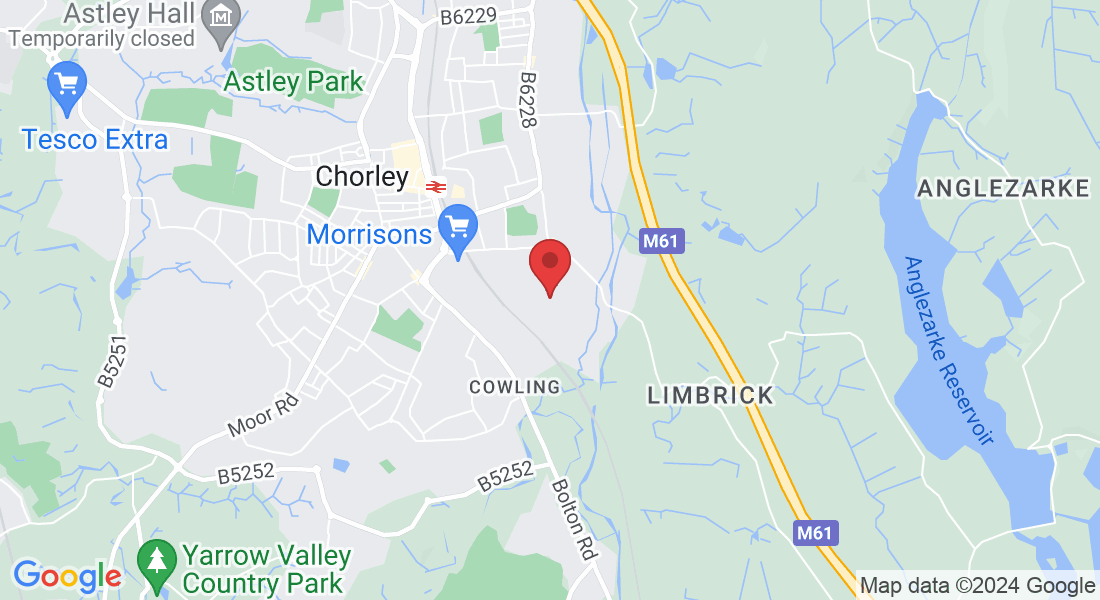Swift E-Commerce: Enhancing Your Order Fulfilment Processes
• Complimentary 30-Day Storage
• No Initial Onboarding Charges
• 72-Hour Turnaround for all FBA Prep
• Same-Day Dispatch for All Orders on the Website
Beyond Simple Fulfilment:
Unleashing Comprehensive Solutions

Product Receipt
From £0.50

Secure Storage
From £1

Pick and Pack
From £0.99
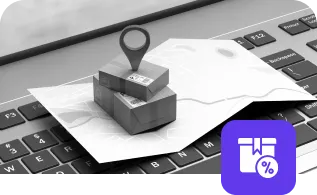
Discounted Shipping (SPD, LTL and FTL)
From £4.99

FBA Preparation
From £0.35

Shopify Order Fulfilment
From £0.99

Returns Processing
From £0.99

Customs Requirements
From £TBC
Beyond Simple Fulfilment:
Unleashing Comprehensive Solutions

Product Receipt
From £0.50

Secure Storage
From £1

Pick and Pack
From £0.35

Discounted Shipping (SPD, LTL and FTL)
From £0.75

FBA Preparation
From £0.35

Shopify Order Fulfilment
From £0.35

Returns Processing
From £0.45

Customs Requirements
From £0.15
Retail Arbitrage
Online Arbitrage
Wholesale
Private Label

About Us
Vibe65, established by brand owners who deeply understand the essence of brand success, is dedicated to being the driving force behind your triumph. Offering a comprehensive suite of services, we ensure optimal operational efficiency for your brand's fulfilment journey. From precise product receipt and secure storage to meticulous pick and pack, discounted shipping solutions, FBA preparation, seamless Shopify order fulfilment, returns processing, and expert handling of customs requirements, our services are tailored to elevate your brand's fulfilment experience. At Vibe65, we transcend traditional fulfilment, aiming to be your strategic partner in success, providing customised solutions aligned with your brand's vision. Experience excellence in fulfilment with Vibe65 – where your brand's success takes center stage.

About Us
Vibe65, established by brand owners who deeply understand the essence of brand success, is dedicated to being the driving force behind your triumph. Offering a comprehensive suite of services, we ensure optimal operational efficiency for your brand's fulfilment journey. From precise product receipt and secure storage to meticulous pick and pack, discounted shipping solutions, FBA preparation, seamless Shopify order fulfilment, returns processing, and expert handling of customs requirements, our services are tailored to elevate your brand's fulfilment experience. At Vibe65, we transcend traditional fulfilment, aiming to be your strategic partner in success, providing customised solutions aligned with your brand's vision. Experience excellence in fulfilment with Vibe65 – where your brand's success takes center stage.
What makes us different from other 3PLs / Prep Centres?
Vibe65: Where E-Commerce Excellence Meets Unparalleled Expertise, Empowering Your Business Aspirations. Take Charge of Fulfilment Operations with Us – Unleash Command, Reliability, and Premier Partner Support.

E-Commerce Experience that will Move Your Business Forward!

First-Class Communication and Partner Support!

Take Back Control of your Order Fulfilment Operation!
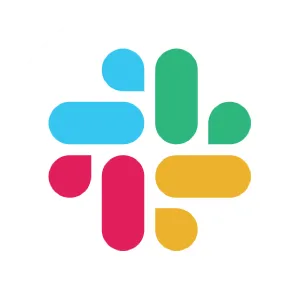



Strategic Solutions for Your Business Advancement
Economical Pricing that Supports Your Growth Strategy
UK and EU Marketplace Expansion Simplified!
Powered by State of the Art Software!
Services that Scale Your Brand!
• Product Receipt • Secure Storage • Pick and Pack
• Discounted Shipping (SPD, LTL and FTL) • FBA Preparation • Shopify Order Fulfilment • Kitting and Bundling
• Returns Processing • Customs Requirements

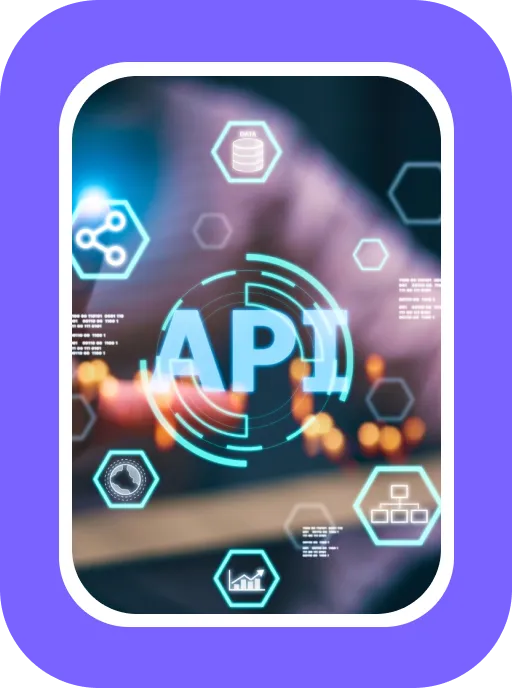
100+ Integrations


100+ Integrations

Testimonials
Our partners consistently express satisfaction with their collaboration, praising our commitment, reliability, and impactful solutions. Their testimonials reflect a positive experience in achieving mutual success through our partnership.

Vibe65 is a reliable and professional fulfillment partner for Amazon sellers. They are responsive, friendly, and helpful. I highly recommend them!
~Emma

I was tired of packing boxes and dealing with logistics. Vibe65 took care of everything for me. They are fast, efficient, and trustworthy. They have a great offer for new customers too!
~Orion Halestorm
Testimonials
Our partners consistently express satisfaction with their collaboration, praising our commitment, reliability, and impactful solutions. Their testimonials reflect a positive experience in achieving mutual success through our partnership.

Vibe65 is a reliable and professional fulfillment partner for Amazon sellers. They are responsive, friendly, and helpful. I highly recommend them!
~Emma

I was tired of packing boxes and dealing with logistics. Vibe65 took care of everything for me. They are fast, efficient, and trustworthy. They have a great offer for new customers too!
~Orion Halestorm
The Vibe65 Fulfilment Guarantee
Experience worry-free fulfillment with the Vibe65 Fulfillment Guarantee, ensuring seamless and reliable services for your business needs. Satisfaction assured.

Swift FBA Shipment Preparation:
We commit to diligently preparing all FBA Shipments, up to 1000 units, within 48 hours of receiving them. In the event of any delay, your order will qualify for a 10% discount for each day beyond this timeframe.
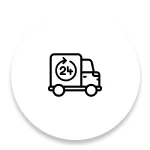
Same-Day DTC Order Shipping:
Your DTC orders, upon entry into our Warehouse Management System, will be shipped on the same day, provided they are processed before the 4 pm order cut-off time. In cases where this standard is not met, we will waive the fulfilment fees for the respective order.
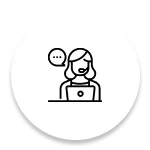
Rapid Customer Service Response:
We pledge to respond to all customer service messages within a swift 24-hour window. Failure to meet this commitment will result in a £50 credit against your invoice for each missed message.

Inventory Count Accuracy at 99%:
Our dedication to maintaining an exceptional 99% inventory count accuracy ensures that you can trust our records and our performance.
Don’t know where start?
Not sure which fulfilment solution would be best?
Click the link to get your consultation call scheduled 💪🏻
Frequently Asked Questions

For whom is this offer intended?
This offer is designed for sellers looking to simplify their lives by eliminating the need to pack boxes. Those selling over 500 units on Amazon will particularly gain from outsourcing fulfillment!
Are you genuinely considering this offer?
We are entirely COMMITTED! Frequently, we encounter tales of disappointed Amazon Sellers with Prep Centers or 3PLs. We aim to end this. Our primary goal is to deliver the finest fulfillment experience!
What is your pricing strategy for tasks?
We typically employ a per-unit pricing model for the majority of Amazon FBA prep tasks. This covers receiving, inventory, FNSKU labeling, packing, and forwarding. Additional prep services incur separate charges based on your specific requirements.
Do you have FHDDS approval?
We take pride in our registration with the HMRC Fulfilment House Due Diligence Scheme (FHDDS), a mandatory requirement for all Amazon Prep Centres. Your inventory is secure in our care!
Partner with the E-commerce Fulfilment Experts Today!
© Copyright 2024. Vibe65. All rights reserved.


